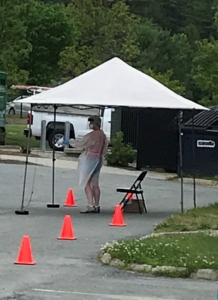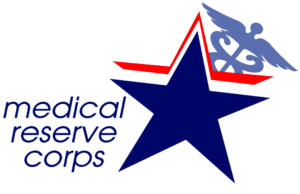Public Health Emergency Preparedness
Like all communities, the Upper Valley faces many threats with the potential for large-scale health consequences, including disease outbreaks, natural and manmade disasters. Some of the impacts are short-lived and some, like the mental health impacts on survivors and the surrounding community, can be long-lasting. The public health, mental health, health care, and emergency response systems must be prepared to work with communities to build capacity and resilience. Public Health emergency preparedness focuses specifically on those systems that aim to improve the overall health of the public by ensuring equity of services, particularly those that promote protective health such as vaccinations, safe housing, environmental safety and others. It also looks to health care systems which serve the community in emergencies such as our hospitals, clinics, and emergency medical services among others, and ensures that these institutions have robust plans that are adaptable and scalable to emergencies, and that they are prepared to serve their community in times of need.
Public Health Council Goals for Emergency Preparedness
- Strengthen community preparedness in the Upper Valley.
- Provide effective public information and warnings in the event of an emergency.
- Effectively support the Upper Valley during Mass Care Events.
Key Partners Working on these Goals
Upper Valley Regional Public Health Network
(New Hampshire-based public health emergency planning region)
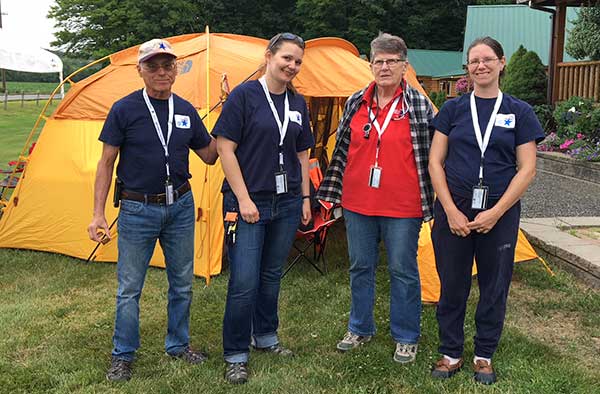 The Upper Valley Regional Public Health Network includes Canaan, Dorchester, Enfield, Grafton, Grantham, Hanover, Lebanon, Lyme, Orange, Orford, Piermont, and Plainfield. The Regional Public Health Network serves the approximately 44,600 people living in these communities.
The Upper Valley Regional Public Health Network includes Canaan, Dorchester, Enfield, Grafton, Grantham, Hanover, Lebanon, Lyme, Orange, Orford, Piermont, and Plainfield. The Regional Public Health Network serves the approximately 44,600 people living in these communities.
The Network provides leadership through the Regional Coordinating Council and coordination to improve the readiness of partners to mount an effective response to public health emergencies and threats. This work includes the maintenance of a Regional Public Health Emergency Annex, which includes plans for response to and recovery from public health emergencies that impact communities in the region. In addition, the Network works closely with hospitals, municipal emergency management directors, and other governmental, public health, and health care entities to plan for public health emergencies and ensure the provision of public health, medical, and behavioral health services before, during, and after an incident.
NH Contact Person: Anna Hullinger, Coordinator
Upper Valley Public Health Emergency Preparedness
Upper Valley Medical Reserve Corps Co-Coordinator
Anna.M.Hullinger@hitchcock.org
Emergency Planning in South Central Vermont
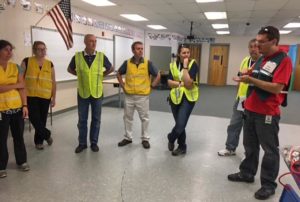 The Emergency Preparedness Specialist at the Springfield and White River Junction District Offices of the Vermont Department of Health assists local emergency response and preparedness organizations plan for public health emergencies, focusing on those that support our public health and healthcare network such as hospitals, nursing homes and clinics. Vermont Department of Health works with community health partners such as the Public Health Council of the Upper Valley and the Springfield Community Health Team, its district’s Local Emergency Planning Commissions (groups composed of response organizations, regional and community partners, health and public health entities), and its school supervisory unions to ensure planning, training and exercising are robust and serve all Upper Valley residents, including our most vulnerable populations. The Vermont Department of Health also funds and helps administer the Upper Valley Medical Reserve Corps, and provides oversight of emergency operations related to public health, such as distribution of medicines or assisting in recruiting surge capacity for hospitals in times of public health emergencies.
The Emergency Preparedness Specialist at the Springfield and White River Junction District Offices of the Vermont Department of Health assists local emergency response and preparedness organizations plan for public health emergencies, focusing on those that support our public health and healthcare network such as hospitals, nursing homes and clinics. Vermont Department of Health works with community health partners such as the Public Health Council of the Upper Valley and the Springfield Community Health Team, its district’s Local Emergency Planning Commissions (groups composed of response organizations, regional and community partners, health and public health entities), and its school supervisory unions to ensure planning, training and exercising are robust and serve all Upper Valley residents, including our most vulnerable populations. The Vermont Department of Health also funds and helps administer the Upper Valley Medical Reserve Corps, and provides oversight of emergency operations related to public health, such as distribution of medicines or assisting in recruiting surge capacity for hospitals in times of public health emergencies.
VT Contact Person: Heather J. Rigney, MPH
Emergency Preparedness Specialist
Vermont Department of Health
White River Junction/Springfield DO
Upper Valley Medical Reserve Corps Co-Coordinator
heather.rigney@vermont.gov
(802) 495-6489
![]() Visit the Vermont Department of Health
Visit the Vermont Department of Health
White River Junction Facebook page.
![]() Visit the Vermont Department of Health
Visit the Vermont Department of Health
South Windsor area (Springfield District) Facebook page.
WHAT IS A PUBLIC HEALTH EMERGENCY?
WATER CONTAMINATION
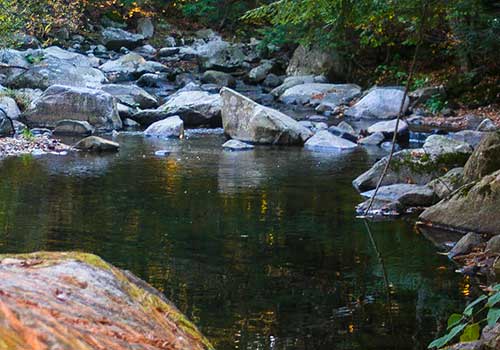
In 2016, reports of water contamination in North Bennington, VT and in Hoosick, NY, prompted a large scale environmental response by the Vermont Agency of Natural Resources and the department of Environmental Conservation to begin testing public water supplies. As results mounted that the toxic chemical PFOA was invading the water supply, the Vermont Department of Health alerted local health care providers and partnered to offer blood testing to residents in affected areas. Results of the blood testing, showing elevated PFOA levels, were later used in the case against companies whose actions led to the contamination. Since 2016, Vermont Department of Health has continued to keep the public up to date with critical information affecting health and safety.
INFECTIOUS DISEASES
In 2018, two college campuses in Vermont had students test positive for mumps, a disease that most of the population is vaccinated against in childhood. In response to these isolated cases, Vermont Department of Health assisted both University of Vermont and Saint Michael’s College in providing the Measles, Mumps and Rubella (MMR) vaccine to students living in the same dormitories as the affected students.
FREE VACCINATIONS
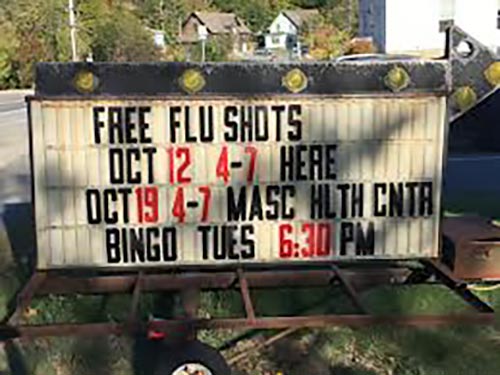 Preparedness and prevention often go hand in hand. In response to predictions of an unusually potent flu season, local public health agencies teamed up to provide a number of free vaccinations to children and uninsured adults in the Upper Valley by scheduling and staffing flu clinics. Most of these were in New Hampshire schools, where over a thousand children received flu shots during regular school hours, although others accepted public walk-ins, such as the one opened at the Vermont Law School in South Royalton. These clinics were staffed by local medical students, Medical Reserve Corps volunteers, area fire department personnel and many others who devoted their time and energy to ensuring their community’s continued safety.
Preparedness and prevention often go hand in hand. In response to predictions of an unusually potent flu season, local public health agencies teamed up to provide a number of free vaccinations to children and uninsured adults in the Upper Valley by scheduling and staffing flu clinics. Most of these were in New Hampshire schools, where over a thousand children received flu shots during regular school hours, although others accepted public walk-ins, such as the one opened at the Vermont Law School in South Royalton. These clinics were staffed by local medical students, Medical Reserve Corps volunteers, area fire department personnel and many others who devoted their time and energy to ensuring their community’s continued safety.
EMERGENCY PLANNING
What would you do if an emergency were to befall the nursing home or assisted living facility where your loved one resides? Public health emergency preparedness experts work regularly with healthcare facilities and providers across the Upper Valley to assist with emergency planning both at residential care facilities and to ensure our most vulnerable people, especially seniors and those with specialized medical and cognitive needs, have the continuity of care they require.
